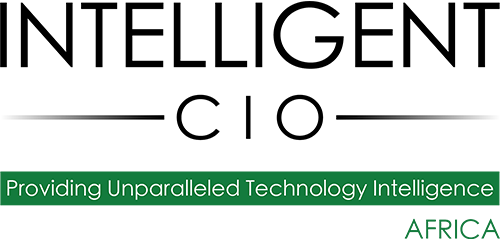The cloud, IoT and even hyperconverged infrastructure require a robust and solid network to relay the information to and from the data centre they are connected to. But an old, legacy network can severely hamper this and lead to downtime and sub-standard connections, which is why Netshield South Africa is offering businesses an alternative, to ripping and replacing ageing and unstable networks at enormous cost, with its media converter range.
Media converters are small and cost-effective devices that when installed in the network upgrade the existing (often copper) network ports to SFP-based ports for fibre connectivity. These fibre options increase the available bandwidth and distance that higher speed connections can reach. The Netshield range is made up of a series of small form factor devices with two media dependant interfaces and are made up of both Multi-Port and Power over Ethernet converters.
“In order for IoT installations and cloud applications to perform at their best in any environment, a stable, quality network is required,” said Inus Dreckmeyr, CEO at Netshield South Africa.
“While many businesses have already transformed parts of their networks to fibre, there are some areas, such as the factory floor, old office buildings or warehouses or even gatehouses as an example, which still play host to old copper infrastructure.
“Replacing these networks comes at enormous cost, but without them IoT sensors and cloud apps will simply not function optimally. This leads to frustration and the perception that the application itself is sub-standard – where in fact the network is letting you down.”
When installed, a media converter will transparently change the signal of the network from copper to fibre without having to lay any additional cabling or make any other changes to the network. According to the experts, they are particularly useful in ‘creating the last optical mile’. Working at the physical layer of the network, the process is seamless, and requires very little intervention and no specialised skills are required to roll them out.
In IoT installations that require IP network connectivity, the converters transparently link copper to fibre that then link these devices, that now behave as if they are on a fibre network, to a control room or data centre. The applications are vast and include CCTV cameras, IoT sensors in industrial or mining environments, VoIP phones and even wireless access points.
Notably the 10/100/1000M media converters are available in a number of options, which includes a range that can be remotely managed and allow an administrator to supervise real time incidents on the network. With these specific devices, you can improve the response times of administrators and ensure fewer network disruptions occur. If there is a fault on the network these manageable devices will relay where the fault is, which makes fault discovery much easier and if the converter itself is faulty, it can be swapped out immediately without spending time and money on trying to discover where the problem on the network exists.
“Because they are as easy to install as a patch lead and are inexpensive, media converters are a fantastic way to ensure your network is cloud and IoT ready,” added ends Dreckmeyr.
“They provide network admins a safe means to upgrade the network to increase performance while buying time to decide which parts of the network will ultimately need to be replaced. In our experience, we have a lot of industrial customers turning to media converters for their IoT applications in the field, because they have realised that their current network is just not up to the task of carrying the size and type of data packets from these devices. From a commercial perspective, our enterprise customers have rolled certain applications into the cloud without realising the full extent of the cost – and now don’t have the available Capex to support a full network upgrade. Their applications truly are limitless.”
Click below to share this article

